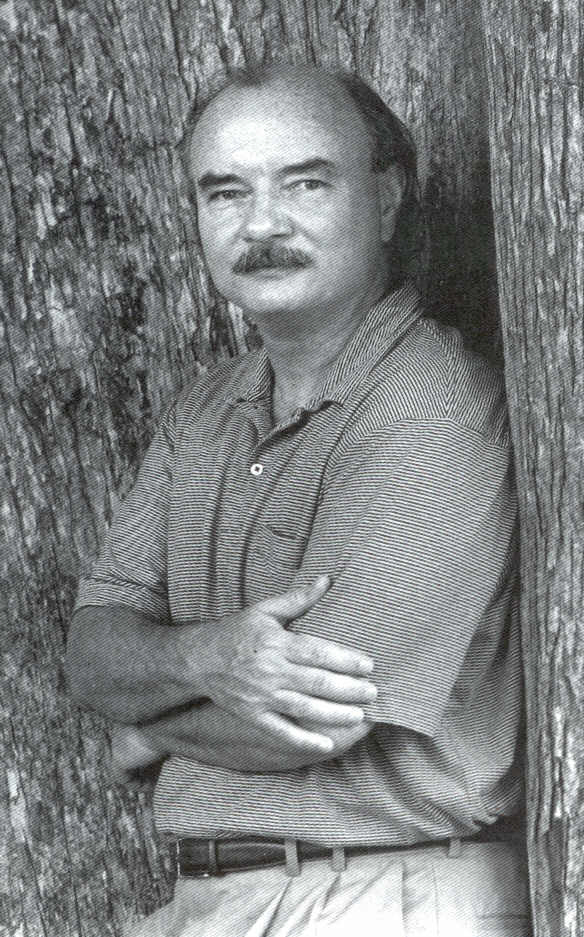Develop an idea or chapter for your own region of the ![]()
Responsible, resilient solutions for campuses and communities.
The task and related concepts that promote resilience, civil rights, healthy human nourishment, and climate friendly solutions based on ecological wisdom.
"The recognition of the uniqueness of every individual and the role of individuality in evolution is not only of the utmost importance for an understanding of the history of biology, but it is one of the most drastic conceptual revolutions in Western thought."
Ernst Mayr, p.. 80.
"In a world ruled by the conscious assumptions of extreme individualism, it is difficult to give solely rational justification for saving things for another generation."
From Mayr we read:
"Between whom does the struggle for existence take place?
In the entire essentialist literature, the struggle is considered to take place among species." (see video)
"Only when one applies population thinking to the struggle for existence can one make the crucial conceptual shift to recognizing a struggle for existence among individuals of a single population."pp. 79-80.The relation of population thinking and the characteristics of selection.
The importance of animal breeders (artificial selection as an analogy used by Darwin to describe "natural selection" ) because humans are determining the future of but a handful of creatures in the great mass extinction our food, fuel, transport, habitation and luxury demands are making on the natural world.
"Human demographic success has brought the world to this crisis of biodiversity. . . . Our species appropriates between 20 and 40 percent of the solar energy captured in organic material by land plants. There is no way we can draw upon the resources of the planet to such a degree without drastically reducing the state of most other species."
E.O. Wilson, Biodiversity, p. 272.
variation, the tendency, due to genetic drift or recombination for phenotype to alter around some norm based on differing genotypes.
neoteny, the tendency of the phenotype to exhibit juvenile characteristics even in the adult form based on changes in the genotype.
atavism, the assertion in later generations of genotypic traits and phenotypic characteristics, or heritable patterns found in grandparents or older ancestral lineages.
A matrix approach:
| ideas: | ecolacy | natural selection |
|
|
Hardin | Mayr |
| Time | component of change (a variable) | vertical evolution (paleontology) |
time bound decisions
|
|
|
| present value and future investments |
elapsed years, * (times) interest rate = comparable values |
Struggle for existence.
essentialists: species to species competition
among individuals of the same species |
An interactive map showing human demands on the planet's resources:
Ecological assets are at the core of every nation's long-term wealth. Yet today, population growth and consumption patterns are putting more pressure on our planet's ecosystems, as seen in water shortages, reduced cropland productivity, deforestation, biodiversity loss, fisheries collapse and climate change. Ecological Footprint accounting compares how much demand human consumption places on the biosphere (Ecological Footprint) to the area, or supply, of productive land available to meet this demand (biocapacity). Both Footprint and biocapacity are measured in global hectares. Footprint accounting exposes the unique risks and opportunities that natural resource constraints pose to each nation.
Calculate your impact \ footprint.

Base Authors Climate Links Vocabulary Site Map Calendar Human Appropriation of Net Primary Production: Patterns, Trends, and Planetary Boundaries
Annual Review of Environment and Resources
Vol. 39: 363-391 (Volume publication date October 2014)
First published online as a Review in Advance on August 13, 2014
DOI: 10.1146/annurev-environ-121912-094620
Last Updated on 9/15/2004 February 5, 2016 .

schedule | Home | Atlas | site-map | Ecology | laws | quick look
Science Index | Site Analysis | Population Index | Global Warming Index | Nature Index | Research sites.
Terms | Glossary | Word webs | Basic vocabulary | Advanced Vocabulary | Antonyms | Synonyms
![]()